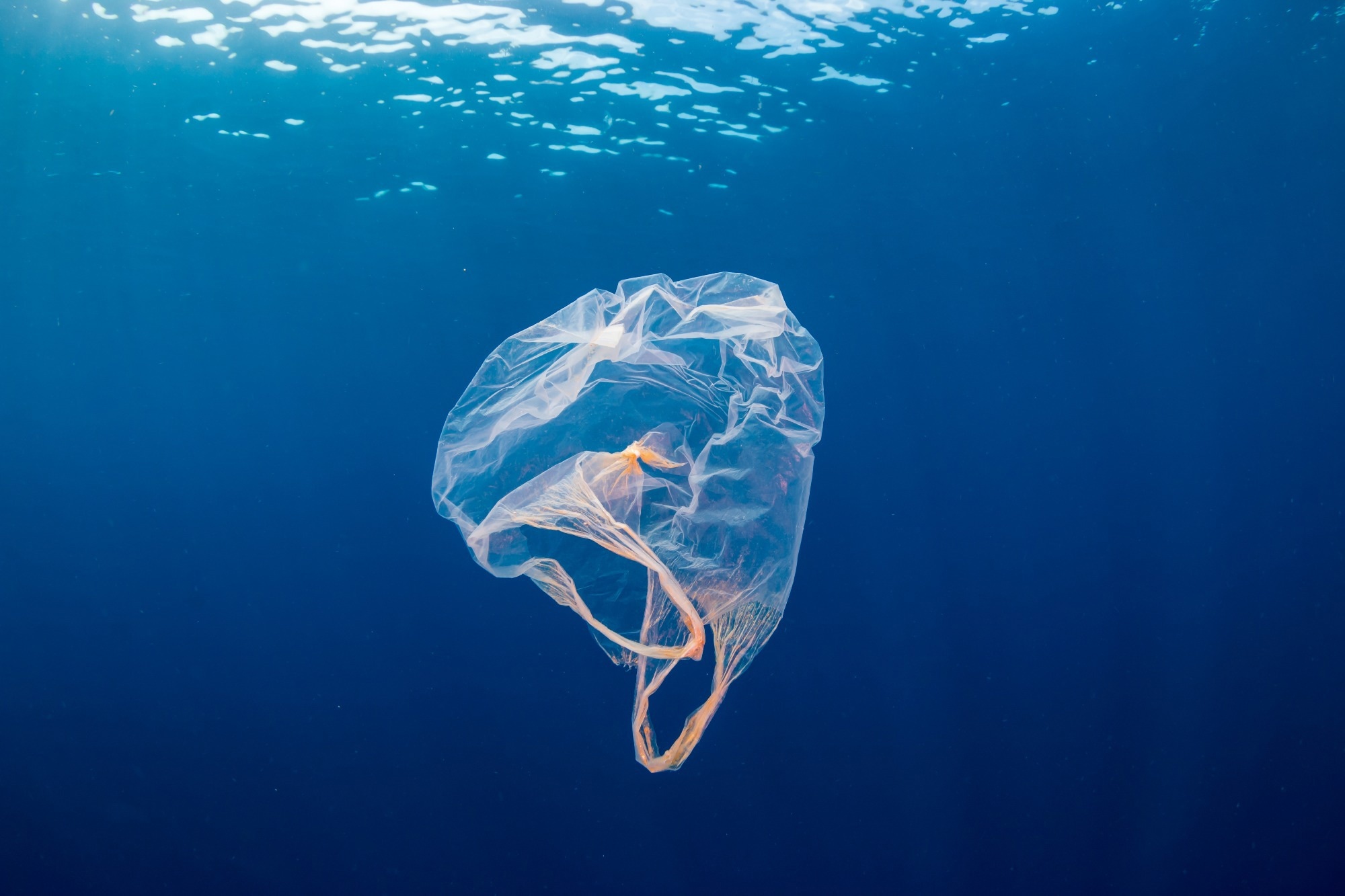In this interview, AZoMaterials speaks with Dr. Annika Völp, Process Application Specialist at Thermo Fisher Scientific, about the role of extrusion in mechanical recycling of degraded plastic waste - particularly plastics recovered from marine environments. Dr. Voelp explains how small-scale twin-screw extrusion, paired with in-line spectroscopy and rigorous analysis, can help reclaim and upcycle plastics subject to UV, temperature, or chemical exposure degradation.
Can you please introduce yourself and your role at Thermo Fisher Scientific?
My name is Annika Völp, and I am a Process Application Specialist at Thermo Fisher Scientific. I focus on extrusion-based processes, especially in the context of recycling plastics and integrating analytical methods into process development.
What was the objective of your study, and why did you choose to focus on marine waste plastics?
In this study, we aimed to investigate the mechanical recycling of plastic waste collected from marine environments. While the materials (e.g., fishing nets, plastic bags) had experienced degradation from UV radiation, temperature fluctuations, or chemical exposure, the insights we gained are broadly relevant to other plastics subjected to similar stress. We want to understand how these degraded plastics behave when reprocessed and how best to incorporate them into new recycling streams.

Image Credit: Richard Whitcombe/Shutterstock.com
How did you characterize the types of plastics before the extrusion step?
We collected three types of plastic waste: a rice bag, a transparent bag, and fishing nets. To identify polymer types, we used a Thermo Scientific Antaris FT-NIR (FTN-IR) analyzer to obtain spectra and compared these to a reference library.
Could you walk us through your extrusion workflow, from feed to final specimens?
After characterization, we manually cut the waste to suitable sizes, then fed it into a Thermo Scientific Process 11 twin-screw extruder. The extruder melts, shears, and mixes the waste with virgin polymer (in our case, virgin polyethylene). We extruded a strand, cooled it in a water bath, and pelletized it using a pelletizer. Those pellets were then used in a mini injection molding machine to form specimens for mechanical testing.
We conducted optical/SEM (with a Thermo Scientific Phenom benchtop SEM) to inspect degradation effects, surface defects, or contamination in the final blends.
Why use a small-scale twin-screw extruder rather than a full industrial machine?
Using a small-scale extruder provides several advantages when you have limited sample quantities, such as research-grade waste streams from marine plastics. You can run many screening experiments quickly, use less material, and reduce waste. The parameters you optimize at this scale (screw configuration, temperature profile, throughput) can often be transferred to larger-scale extruders, because the geometry and dynamics are scalable.
What challenges do degraded plastics pose during extrusion, and how do you mitigate them?
Degraded plastics can have lower molecular weight, more contaminants, or oxidative damage, which affects melt viscosity, mechanical strength, and consistency. Contaminants may cause defects in the melt or in final parts. Mitigation includes careful control of temperature, screw speed, degassing or venting zones, and mixing elements to distribute additives or compatibilizers. Also, in-line spectral monitoring (via Raman) helps detect non-ideal behavior during extrusion so the process can be adjusted.
How effective is the in-line Raman spectroscopy in monitoring blend composition during extrusion?
The in-line Raman is quite powerful. By comparing spectra from known PP/PE mixtures, we generated calibration curves for blend ratios. During actual extrusion, the Raman sensor helps monitor the concentration of PP or PE in the melt or at various zones, allowing feedback control or at least data to guide adjustments. This capability is especially useful when recycling mixed polymer streams.
What mechanical, thermal, or morphological analyses did you perform on the final specimens? What did you learn?
We conducted:
- Mechanical testing (tensile strength, elongation, etc.) on molded specimens
- Thermal and calorimetric characterization (DSC, TGA) to assess stability and melting/crystallization behavior
- SEM / optical surface analyses (using a Phenom SEM) to inspect surface defects, contamination, and morphology of blends
Our results showed how mechanical properties degrade or vary with blend composition, additional heating cycles, and presence of contaminants or degradation. For example, in ternary blends, thermal stability was relatively robust, though mechanical strength could decrease with re-processing steps.
How generalizable are your findings for other types of plastic waste beyond marine waste?
Very generalizable. Any plastic stream that has undergone temperature stress, UV degradation, chemical aging, or contamination presents similar challenges. The methodologies - characterization, small-scale extrusion, in-line monitoring, pelletizing, molding, and analysis - are widely applicable. While specific parameters may differ, the approach provides a blueprint for studying diverse recycled plastics.
What are the next steps for your research in extrusion-based recycling?
We plan further collaboration with the Kuwait Institute for Scientific Research (KISR) to collect more marine plastics, expand into different virgin polymer blends, and more closely explore the rheological behavior of these systems (e.g. using a Thermo Fisher Mars IQR rheometer). We may also explore other additives or compatibilizers to restore mechanical performance and broaden the range of usable recycled blends.
About Dr. Annika Völp
Dr. Annika Völp is a Doctor of Engineering and currently serves as an Application Specialist in materials characterization and extrusion technologies at Thermo Fisher Scientific. Her research interests include twin-screw mixing, rheology, polymer characterization, and sustainable materials engineering. She is a co-author of the 2025 ACS Omega paper “Properties of Simulated Plastic Waste Mixtures in Upcycling Processes,” in which she and collaborators explore mechanical recycling of blended polymer streams using twin-screw extrusion and subsequent analyses. She is also the author of the paper "Macro Marine Plastic Debris Recycling" in Industrial & Engineering Chemistry Research (2025).
characterization and extrusion technologies at Thermo Fisher Scientific. Her research interests include twin-screw mixing, rheology, polymer characterization, and sustainable materials engineering. She is a co-author of the 2025 ACS Omega paper “Properties of Simulated Plastic Waste Mixtures in Upcycling Processes,” in which she and collaborators explore mechanical recycling of blended polymer streams using twin-screw extrusion and subsequent analyses. She is also the author of the paper "Macro Marine Plastic Debris Recycling" in Industrial & Engineering Chemistry Research (2025).
Dr. Voelp’s expertise spans the integration of spectroscopy (FTIR, Raman) with process engineering and polymer recycling workflows. Her academic and professional work bridges analytical instrumentation and applied process development in circular plastics.

This information has been sourced, reviewed and adapted from materials provided by Thermo Fisher Scientific – Production Process & Analytics.
For more information on this source, please visit Thermo Fisher Scientific – Production Process & Analytics.
Disclaimer: The views expressed here are those of the interviewee and do not necessarily represent the views of AZoM.com Limited (T/A) AZoNetwork, the owner and operator of this website. This disclaimer forms part of the Terms and Conditions of use of this website.